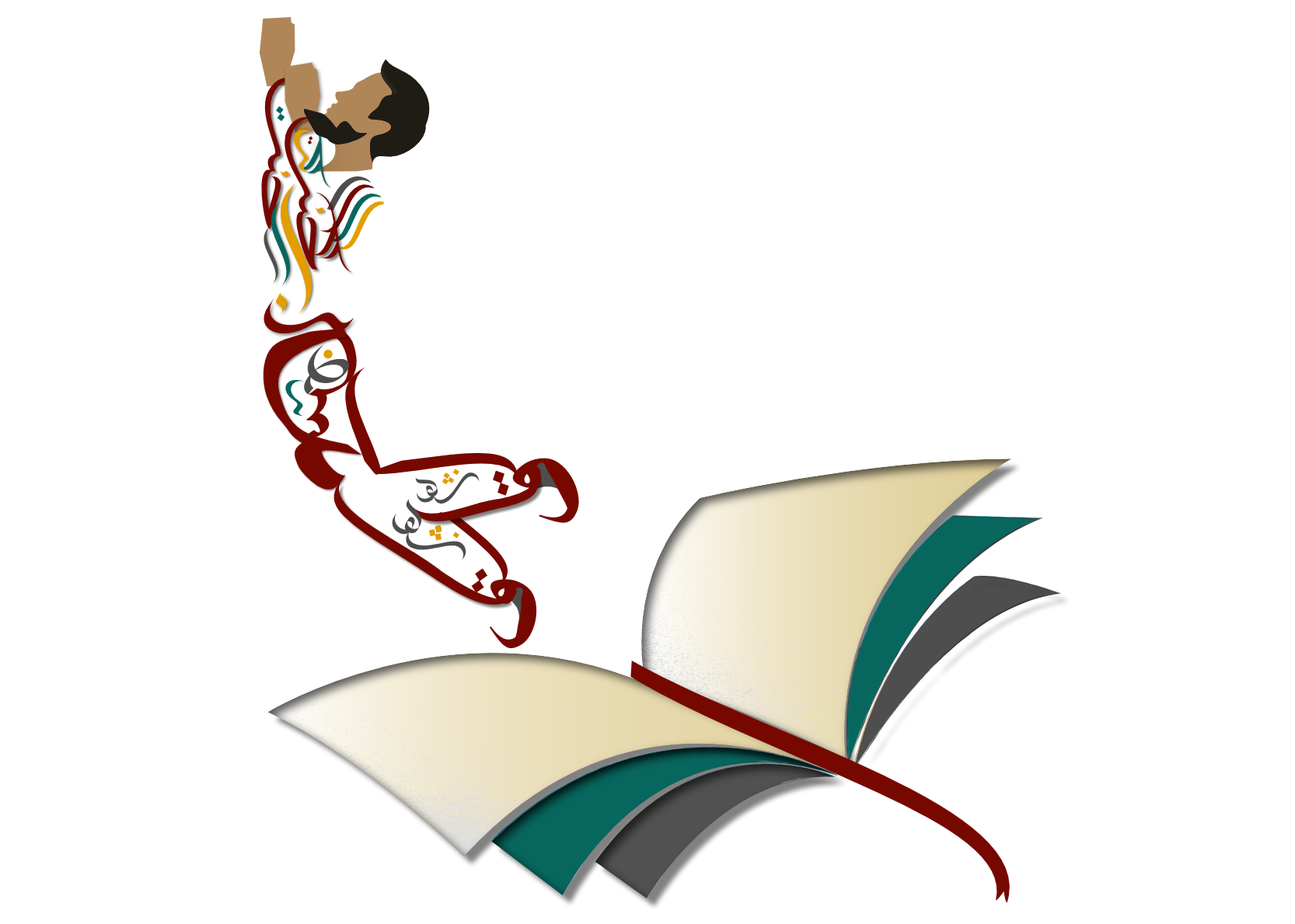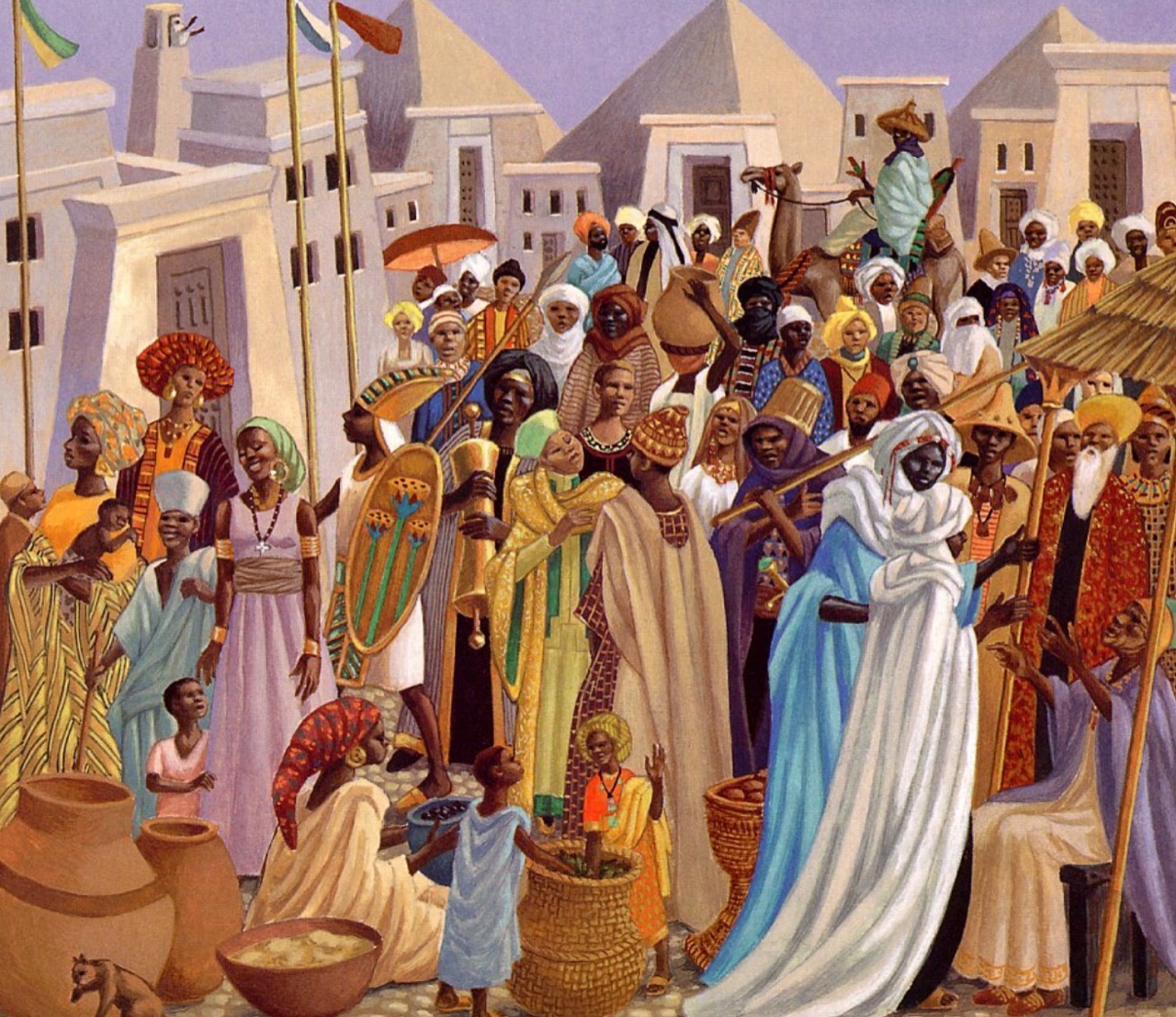The Empire of Mali is an episode in Islamic history which is widely unknown or unheard of, despite its rulers and people achieving excellence in many areas. This Empire is not only forgotten but rarely given the credit it deserves within discussions of world history, as well as Islamic history.
For those who have heard of the Malian Empire, it may have been from the popular TV series Roots in which the Mandinka tribe is shown through the eyes of Kunta Kinte, an enslaved African Warrior who clutches onto his Mandinka traditions through the brutal experience of enslavement in the United States – or maybe from the many articles written on ‘Mansa Musa, the richest man in the world [1]. His wealth in today’s currency would be worth 14 billion dollars. There is so much more to the history and legacy of The Great Empire of Mali.
Its territory stretched over a majority of West Africa, including present-day Mauritania, Senegal, Gambia, Guinea, Mali, Burkina Faso, Niger, Nigeria and Chad. Its people were mainly the Mandinka tribe followed by the Bambara, Fulani and others. The Mandinka are still Africa’s largest ethnic linguist group and claim their ancestry from the noble companion of the Prophet Muhammad (S), Bilal (r).
The Malian Empire dominated Land, Rivers and Sea, and at the time rivalled Mamluke Egypt and the Sultanate of Constantinople in the Islamic world.
WEALTH
The Gold controlled by the Empire of Mali supported the majority of the global economy during 1230-1445 and is known as one of the richest Empires of the ancient world[2]. This incredible wealth was due to its natural resources and precious materials as well as its geographical location.
Trade routes flowed through Morocco into Andalusia – From Timbuktu to Cairo and its Coastline opened up Africa to the New World – which was later named ‘Africa’s Gold Coast’. The land was rich with salt, nuts and ivory which were transported by caravans through the Sahara Dessert, ships across the Sea and power canoes through the rivers.
It’s difficult to grasp just how wealthy Mali was. When Mansa Musa travelled to Makkah for Hajj he caused inflation for 15 years. Mansa (King) and his Royals were known to wear the best clothing available made from Persian Brocade and travelled with an entourage of Gold through the Muslim world giving charity, building masjids along the way.
Mali was so rich, its small coin (spare change) were sea shells; a commodity viewed as luxurious. These shells originated from as far as the Maldive Islands, which shows Mali was far from isolated. Architects from Andalusia were invited to Mali to build beautiful Masjids and monuments that were unique to African Islam.
KNOWLEDGE
The Empire of Mali was not Islamic from its inception but with embedded trade routes in its territory came the flow of ideas. First Islam was seen as an ideology to suppress, but later many tribes reverted and Muslim states emerged around West Africa. When the tribes of West Africa embraced Islam they became the highest calibre of scholars and warriors. Mansa Musa was determined to transform his kingdom into one of the most prolific centres of Islamic learning. He set up hundreds of Madrasas around his Empire and standardised Arabic in the syllabus. The art of Calligraphy and the production of manuscripts were given high priority in Islamic institutions around West Africa. Sadly many of these manuscripts were destroyed during colonisation and during the civil wars in the region that followed.

Timbuktu – a location charged with a remarkable historical legacy, was founded in the 5th century and was one of the world’s earliest universities. By the 12th century, Timbuktu became the centre of Islamic learning and commercial establishment. With 180 Koranic schools, teaching 25,000 students[3] Timbuktu was producing books for the circulation of the Islamic world and copywriting books worldwide. Black and Arab merchants and scholars met in Timbuktu and excelled in their respective fields.
DISCOVERY
In ancient times the world was populated by rafts and boats – and this was exactly how the Mandinka became masters of River, Land and Sea. History is written by the Victors – in today’s Eurocentric version of history, it was not possible to travel to new lands this way. We are told Columbus ‘discovered’ America – this is absolutely incorrect – The Mandinka (and others) made the journey to the Americas centuries before[4] using the equatorial currents to guide them to distant shores.
World discovery was extremely important to the Mandinka who were wealthy enough to send fleets and expeditions on mass. Before Musa’s reign his brother, Abubakari II (known as the voyager king), abdicated as leader of Mali and handed authority to Musa as he set out with a fleet of 2400 ships carrying gold, supplies, women and men. He never returned.
One Mandinka account reads, “Our King Abu Bakari II did not believe it was impossible to reach the Ocean Sea, He wanted to attain the sea’s most distant limit and fell in love with the idea”.
THE AMERICAS
The Mandinka were travelling to the America’s and building civilisations. Their cultural sharing of language and customs contributed to creating relationships and new communities. Statues of the first civilisations known as Olmec Heads dating back to 700BC that were found in South Mexico have West African features and are wearing Mandinka warrior helmets. Linguists have found words originating from the Mandinka language within Native American dialects showing there was a sustained relationship between the two peoples[5]. Archaeologists have discovered stones dating back as early as the 9th century engraved with Arabic words for ‘Muhammad, Jesus and Satan’ in Arizona, Nevada, Colorado and California. Although some historians have disputed these claims, it is interesting to consider African Muslims have a history that predates the arrival of the transatlantic slave trade.
The Mandinka legacy also lives on in Brazil. Clyde Ahmad Winters, an anthropologist and historian writes that the Mandinka made Brazil their ‘staging area for the exploration of the New World’. Some have claimed it was possible that Abu Bakari II could have landed in Brazil. Abdullah Hakim Quick, a Muslim Historian suggests that there is evidence of Mandinka Muslims on inscriptions found in Bahia and Minas Gerais.
Some of the greatest successes of the Muslim World were home grown in Africa – The Empire of Mali is a perfect example. This Empire and its people shaped the world we live in today. An old African proverb says, ‘The world is old but the future springs from the past’. The Mandinka built civilisations and marked their presence all over the world. Their achievements commercially, economically and in scholarship amaze those who look into their great history. It’s vital that as Muslims we start to take pride in all our history – not just Arab Muslim history but the history of all Muslims that contributed to the development of Islam.
Featured on Bahath Website






One thought on “The West African Muslim Empire of Mali”
It teaches me great of my religion, although I did not watch yet. But I will continue read watch , but how can I get the series episodes?